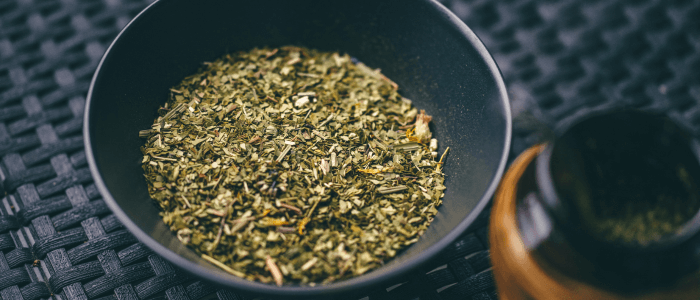Historical Significance and Cultural Importance
Yerba Mate, pronounced as “sherba matay,” is more than just a traditional drink in the South American countries of Argentina, Paraguay, Uruguay, and Southern Brazil. It is deeply woven into the cultural fabric of these nations, and sharing a mate is synonymous with friendship and social connection.

Historically, the indigenous Guarani people are credited with the discovery of Yerba Mate. The Spanish colonizers soon adopted the drink, and it eventually became ubiquitous throughout South America. It symbolizes hospitality and is often shared among friends and family, passed around in a communal fashion, fostering a sense of community and bonding.
Yerba Mate Tea Recipe
Ingredients:
- Yerba Mate Leaves
- Hot Water (not boiling) – 1 cup
- Optional: Honey, Lemon, or Mint, to taste
Directions:
- Preparing Leaves: Place 1-2 tablespoons of Yerba Mate leaves in a mate cup or a regular cup.
- Adding Water: Pour hot water over the leaves, avoiding boiling water to retain the nutrients and flavors of the leaves.
- Steeping Time: Allow the leaves to steep for about 3-5 minutes, depending on your taste preference.
- Serving: Drink as is or sweeten with honey or lemon or mint if preferred.
Health Benefits
Yerba Mate is known for its health benefits, being rich in antioxidants and nutrients, it can boost energy and mental focus, enhance physical performance, and may protect against infections.
Culinary Uses

Yerba Mate is versatile and can be used as a flavorful ingredient in various recipes, such as smoothies, cocktails, and other beverages, enhancing them with its herbal, grassy notes and nutritional profile.
Enjoying Yerba Mate
When enjoying Yerba Mate, consider the communal spirit it represents in South America. Whether you prefer it plain or with added flavors, Yerba Mate can be a delightful, energizing beverage to start your day or to share in a gathering, cherishing the sense of community and tradition it brings.





